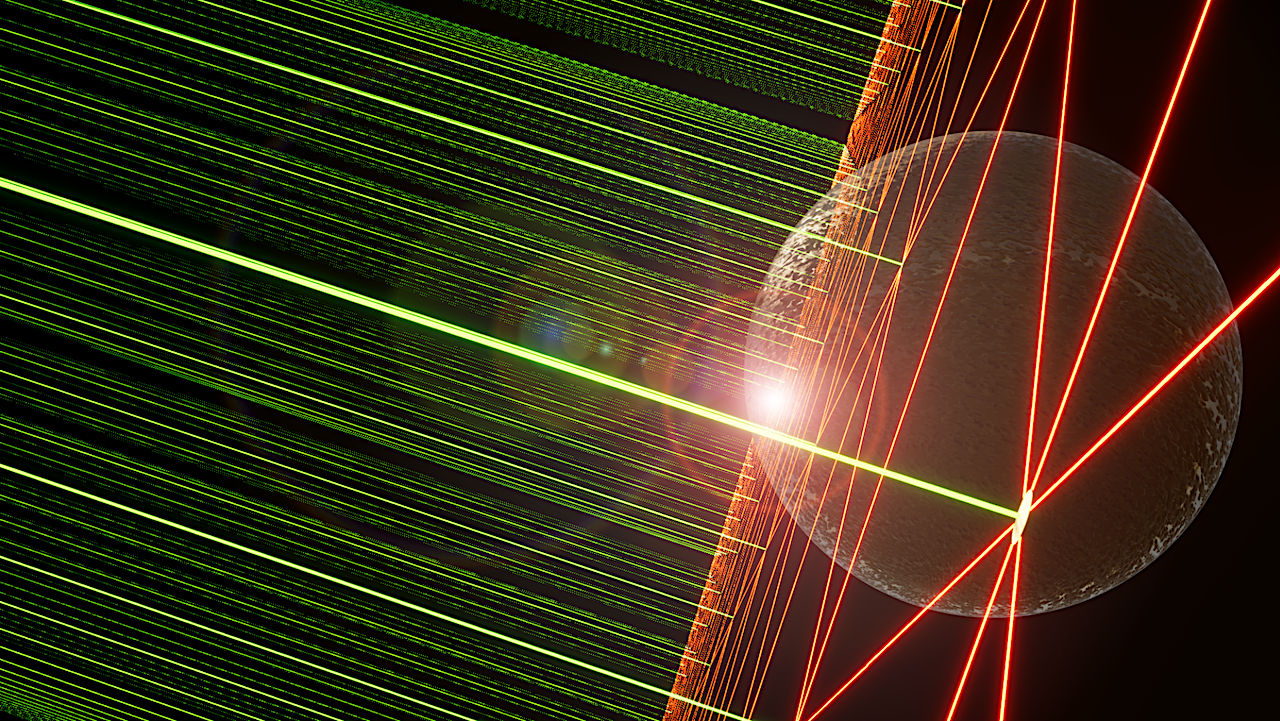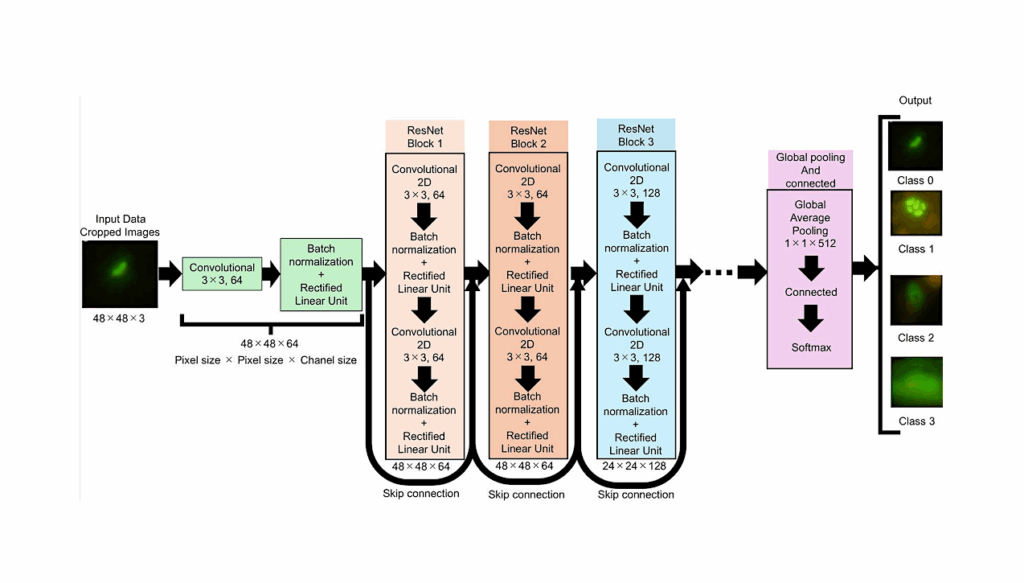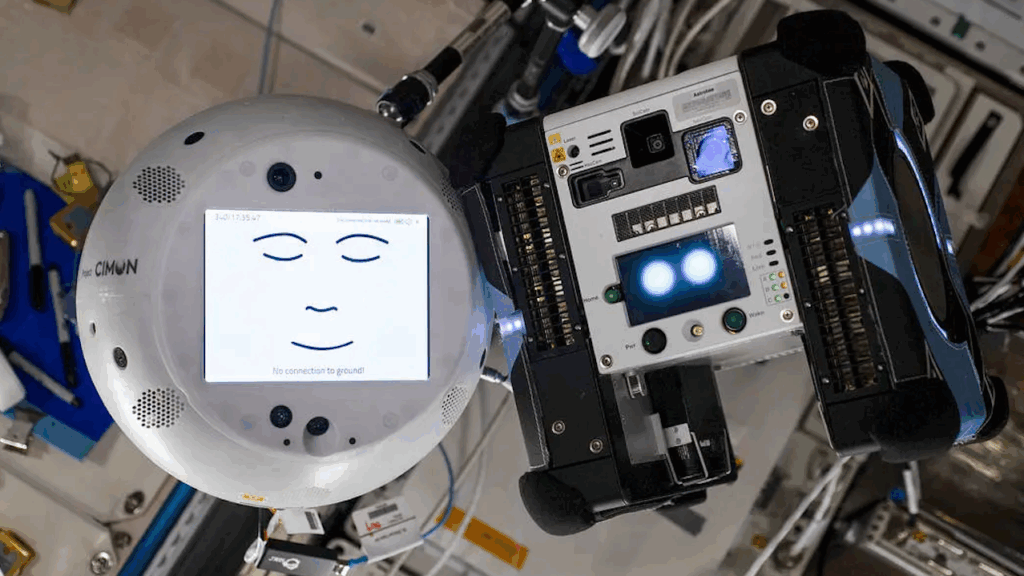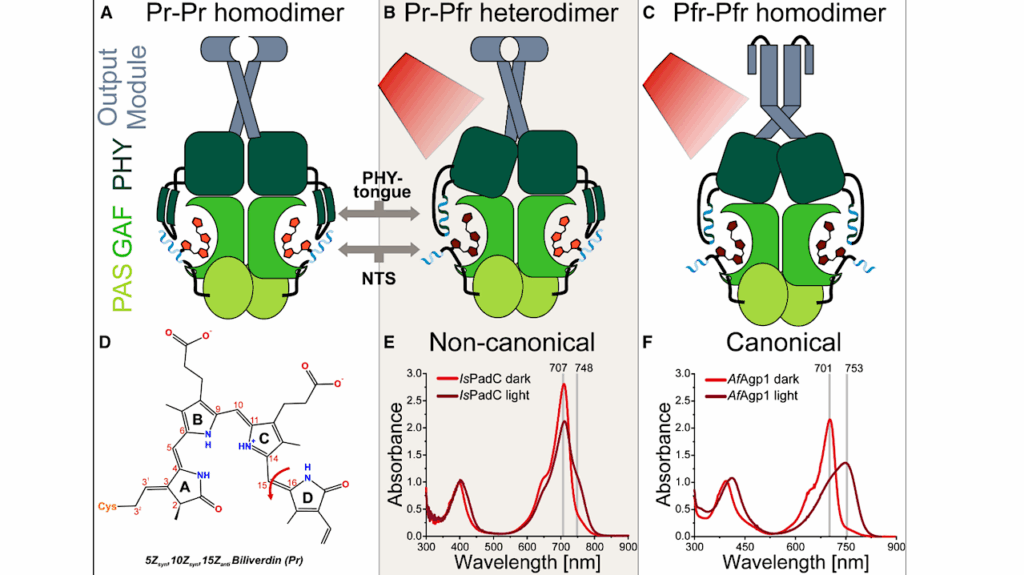Swarming Proxima Centauri: Optical Communication Over Interstellar Distances

Interstellar communications are achievable with gram-scale spacecraft using swarm techniques introduced herein if an adequate energy source, clocks and a suitable communications protocol exist.
The essence of our approach to the Breakthrough Starshot challenge is to launch a long string of 100s of gram-scale interstellar probes at 0.2c in a firing campaign up to a year long, maintain continuous contact with them (directly amongst each other and via Earth utilizing the launch laser), and gradually, during the 20-year cruise, dynamically coalesce the long string into a lens-shaped mesh network ∼100,000 km across centered on the target planet Proxima b at the time of fly-by.
In-flight formation would be accomplished using the “time on target” technique of grossly modulating the initial launch velocity between the head and the tail of the string, and combined with continual fine control or “velocity on target” by adjusting the attitude of selected probes, exploiting the drag imparted by the ISM.
Such a swarm could tolerate significant attrition, e.g., by collisions enroute with interstellar dust grains, thus mitigating the risk that comes with “putting all your eggs in one basket”. It would also enable the observation of Proxima b at close range from a multiplicity of viewpoints. Swarm synchronization with state-of-the-art space-rated clocks would enable operational coherence if not actual phase coherence in the swarm optical communications.
Betavoltaic technology, which should be commercialized and space-rated in the next decade, can provide an adequate primary energy storage for these swarms. The combination would thus enable data return rates orders of magnitude greater than possible from a single probe.
T. Marshall Eubanks W. Paul Blase Andreas Hein Adam Hibberd Robert G. Kennedy III
Comments: Submission to the Breakthrough Starshot Challenge Communications Group Final Report
Subjects: Instrumentation and Methods for Astrophysics (astro-ph.IM); Earth and Planetary Astrophysics (astro-ph.EP); Popular Physics (physics.pop-ph)
Cite as: arXiv:2309.07061 [astro-ph.IM] (or arXiv:2309.07061v1 [astro-ph.IM] for this version)
Submission history
From: T. Marshall Eubanks Mr
[v1] Wed, 13 Sep 2023 16:21:50 UTC (9,232 KB)
https://arxiv.org/abs/2309.07061
Astrobiology








